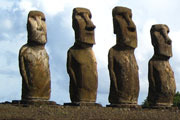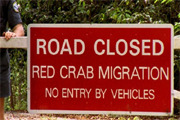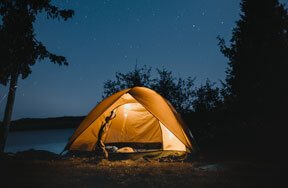
Although no Hollywood celebs call the Marquesas Islands their home, the last cast of Survivor 4 was hunkered down on the biggest of the 12 Marquesas isles, Nuku Hiva.
Although no Hollywood celebs call the Marquesas Islands their home, the cast of Survivor 4 is currently hunkered down on the biggest of the 12 Marquesas isles, Nuku Hiva.
Brief History
Discovered in 1595 by Spanish explorer Alvero de Mendana, the Marquesas Islands now belong to the colony of French Polynesia. Before being discovered by the Europeans, over 50,000 natives lived on the Marquesas isles. With the arrival of European disease though, 90 percent of the population was wiped out. Today only 7,000 natives live on the six livable islands. The Marquesas islands are often hit by cyclones in the month of January and were hit by the great Aleutian tsunami on April 1, 1946, which brought 30 foot waves crashing down on them.
Cool Things to See and Do
Horseback Riding: Follow the many Marquesas island trails and gallop over the pristine sand on horseback.
Deep Sea Fishing/Diving: There are tons of colorful fish and other exotic marine animals to be seen not far off the coast of the Marquesas islands.
Archeological Digs: You can find an ancient Tiki statue of your very own or maybe long lost jewelry or weapons. (Of course, you aren't allowed to keep 'em.)
Fun Facts
Geography: The Marquesas islands lie in the southern Pacific, far west of Australia. Nuku Hiva, is the largest of the Marquesas Islands at 127 square miles (330 square km). The climate is tropical, with the temperature only changing about five degrees the whole year. That means the average yearly temperature is about 81F (27C).
Tiki Power: Although most of the people of Marquesas converted to Christianity in the 1830's, remnants of the old religion can still be found. Tikis, statues carved out of stone or bone, are representations of gods or ancestors. When a person sculpted a Tiki, they called the spirit of a god or ancestor into the statue and asked for its good favor.
Original Body Art: Tattoos became an important part of Marquesan culture long before the trend caught on in North America. Tattoos were seen as a sign of wealth, strength and the ability to endure pain.

































